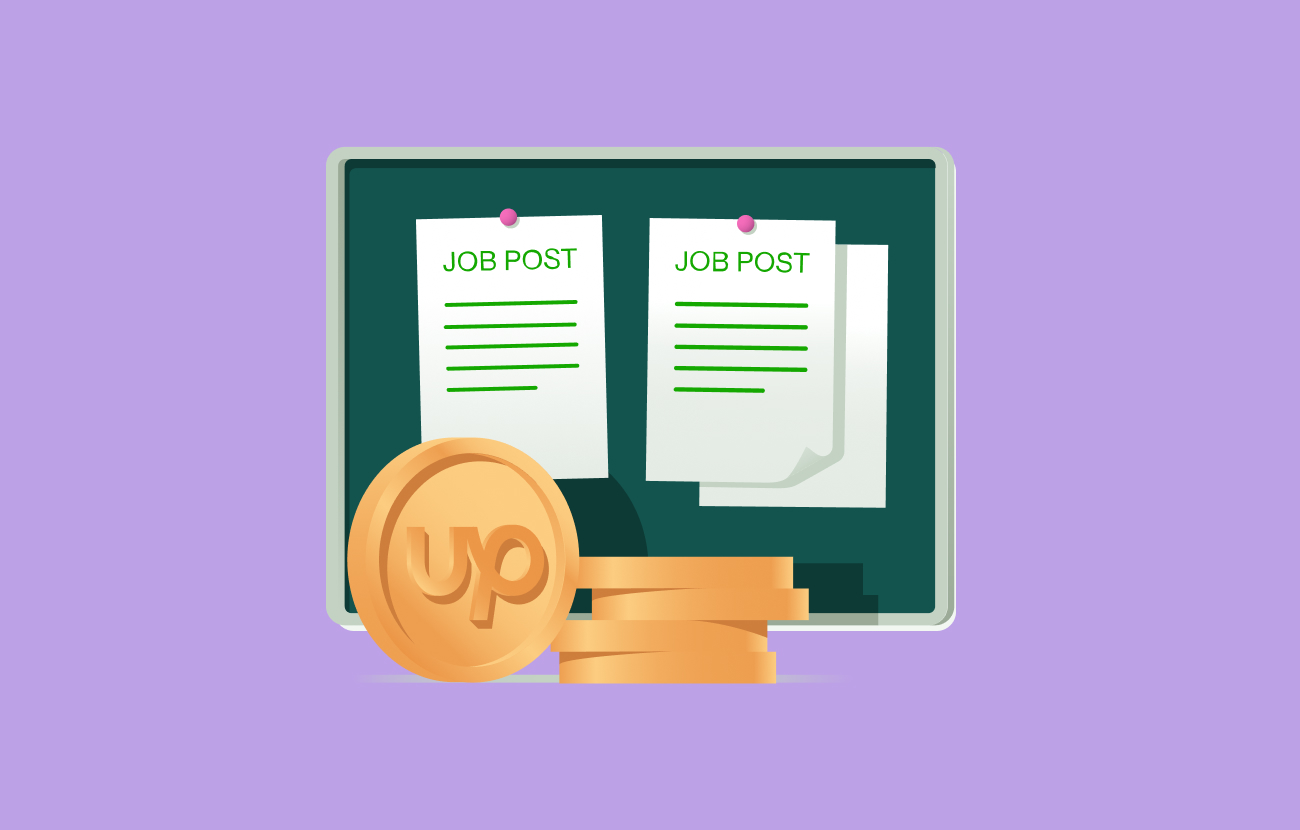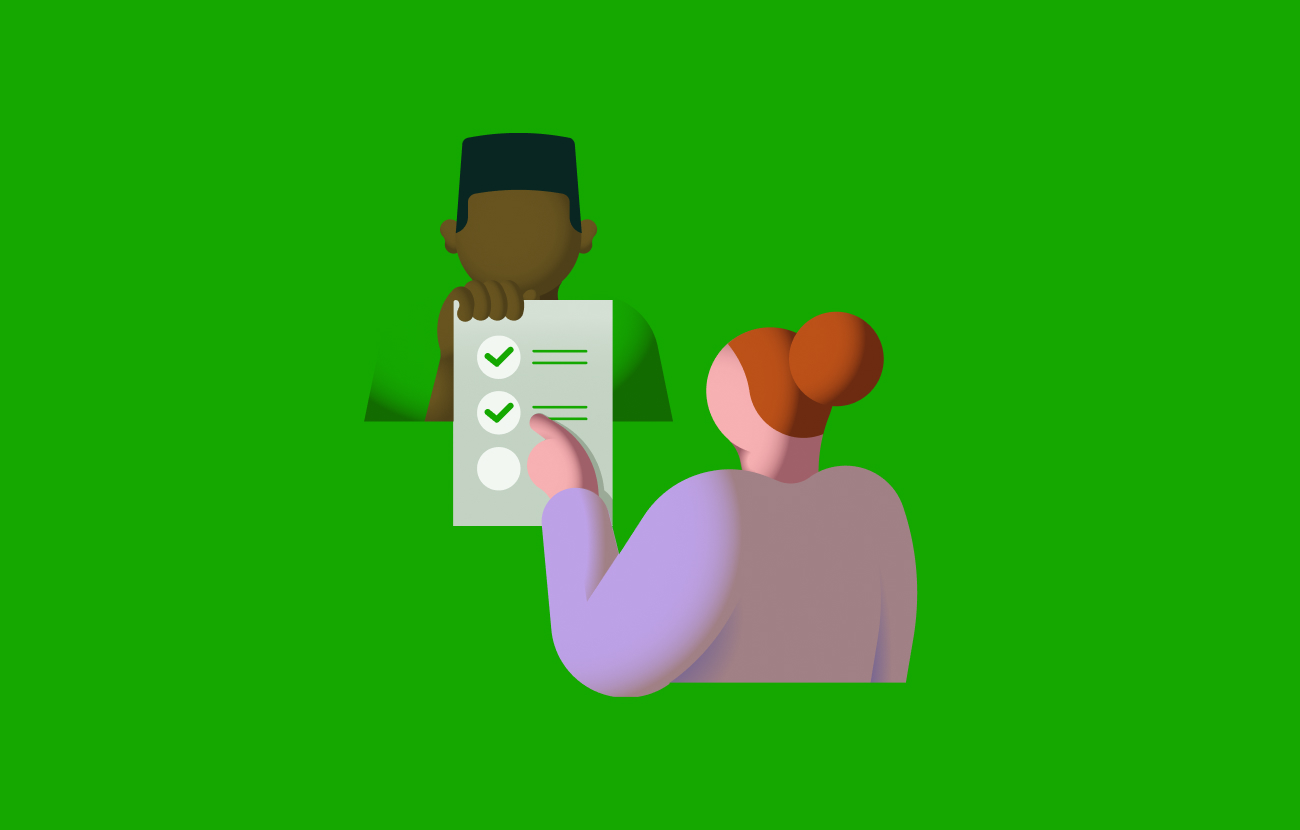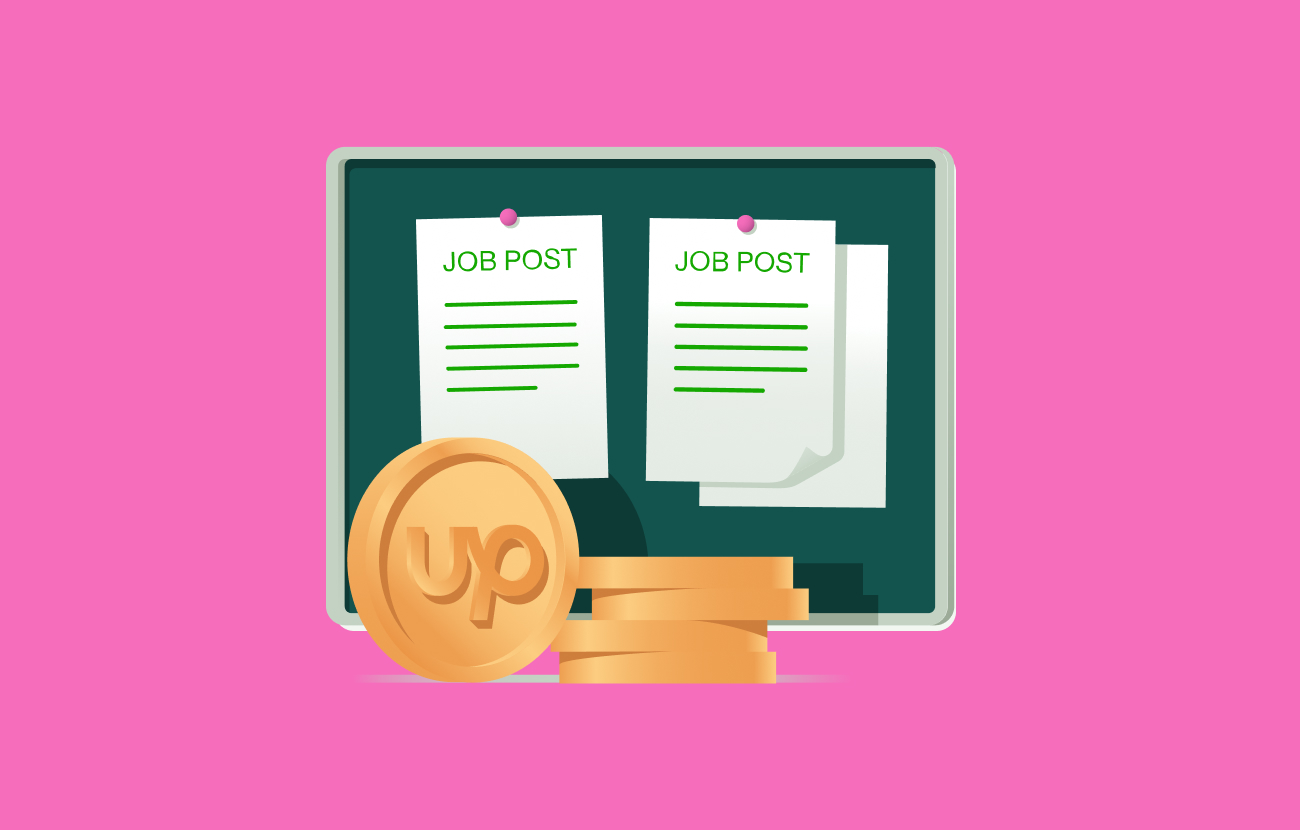How To Semi Retire and Find Meaningful Work
Discover the steps to become semi retired and find meaningful work through freelancing.

Retirement doesn’t have to be all or nothing. You may need to take a step back, but not be ready to close the career-chapter of your life completely. Many professionals are choosing to semi retire and work part-time, flexible jobs, focusing on meaningful and fulfilling work that allows them to slow down without fully stopping. Semi retiring gives you the freedom to create an ideal schedule that balances work with other priorities and leisure. You can embrace the laid-back retirement lifestyle while still having the engagement and income that working provides.
Understanding semi-retirement
Semi-retirement is when professionals scale back from full-time work, continuing their careers in a part-time or reduced capacity rather than completely retiring. This is also known as soft, bridge, or phase retirement.
While professionals may choose to keep working for financial reasons, even part-time work has many mental health benefits. Working keeps the mind engaged and active which, especially for retirees of advanced age, can help prevent cognitive decline.
On the other hand, professionals who opt for full retirement may feel like they’ve lost their sense of purpose, struggle with self-esteem, and have difficulty stepping away from the career identity they’ve cultivated over the years. Working, even remotely, can also help prevent loneliness, as meetings and messages provide valuable social interaction.
Semi retiring could be working part-time at your existing role, offering your services as a freelancer, taking on a part-time passion project that you’ve always wanted to explore, or even volunteering.
How to semi-retire through freelancing
Over the course of your career, you’ve likely developed skills that you could offer directly to clients through freelancing. As a freelancer, you have control over your working hours and what projects you accept—you’re self-employed and are your own boss. Compared to a traditional job, freelancing allows you to work less and gives you more flexibility over your schedule and choice over what you work on.
And compared to traditional employees, who are typically generalists, freelancers often position themselves as experts in their skills or industry. Clients will pay more for these specialized skills and expertise. You could focus on the types of projects or aspects of your work you’ve enjoyed most over your career and make that your niche.
Freelancing is running your own small business, from anywhere you want. Freelancers can work remotely (unless their skills require them to be on site, like photography or videography). You can create a schedule that fits your semi-retired lifestyle.
If you’re interested in semi retiring as a freelancer and finding meaningful work, follow the steps we outline below.
Step 1: Identify your strengths and transferable skills
Start with a self-skills audit; write down your professional strengths and the different skills you’ve honed throughout your career. These skills could be highly specific, like creating presentations within a particular industry, or broader, like executive coaching. Think about the projects you’ve enjoyed working on most in the past.
Once you have an idea of what skills you could offer clients, you can compare that to the available jobs on Upwork. This will give you an idea of how much to charge and the availability of jobs matching your skill set. Some skills are in higher demand than others, especially those involving AI. You can typically charge more for these skills.
Step 2: Think about what type of work excites you
Next to each skill in your self-audit, note whether you like doing it or not, and narrow the list down to your favorites. Semi retirement is about creating work-life balance and finding fulfillment in this new phase of life. The work you take on should excite you.
Even if another skill has a higher average hourly rate, choose the one that you like doing the best. Freelancing allows you to specialize so you can focus on the favorite aspects of your past jobs—this is your niche.
Having a niche makes it easier to market your skills to clients. When clients click on your profile, they should have a clear idea of what you’re best at–this can help you gain more job invites.
Step 3: Think differently about work in a tech-enabled world
If you’ve considered freelancing in the past but faced barriers to entry, like finding clients or identifying tools, consider how tech-enabled platforms like Upwork, and new technologies like AI, have removed these barriers. Rather than having to send emails or cold call potential clients, Upwork’s Talent Marketplace™ allows freelancers to submit jobs recently posted by clients looking to hire right now. You can find jobs, communicate with clients, and get paid all within the platform.
Freelancers on Upwork also have access to Uma, Upwork’s Mindful AI. You can use this conversational AI as a personal assistant, ready whenever you need it to brainstorm, fact-check, ask questions, automate repetitive tasks, and more. Uma is built directly into Upwork and is just one click away whenever you need it.
What makes Uma different from other AI tools is that Uma’s training was fine tuned using data from millions of successful interactions on the platform, so you get recommendations and insights that apply directly to your needs. Uma uses your context and experience on the platform—your goals, history, and what you’re trying to do right now—to give you personal and relevant assistance. Upgrading to Freelancer Plus gives you full access to Uma, along with other benefits.
Rather than AI replacing humans, professionals are finding that AI plus humans can unlock new ways of working. Incorporating AI tools into your workflows can allow you to accomplish more than what was possible even just a few years ago.
Step 4: Define your ideal schedule and workload
Think about what your ideal schedule looks like. Freelancing gives you the flexibility to work on your terms. You may want to be online two days a week, or maybe a couple of hours each morning. Set these boundaries with yourself (and clients) from the very beginning and give yourself time for hobbies, social activities, and any responsibilities you have.
When you’re interviewing with clients and before you accept a new contract, let your clients know when you’re available to respond to questions and your turnaround times. Setting these expectations early on helps you manage client communication effectively, protect your work-life balance from the start, and prevent burnout.
Keep in mind the maximum number of hours you want to work each week and give yourself permission to say no. You may find that as you build your reputation on Upwork, you start receiving more job invites and interviews. Focus on value, not volume, and commit yourself to only accepting projects that you’re passionate about and that fit your schedule.
Decide how you work best. On Upwork, you can take on hourly or fixed priced contracts, or list your pre-packaged services on Project Catalog™. When working hourly on Upwork, you’ll need to use the Time Tracker App to log your hours. Clients pay a flat rate for each milestone or project on fixed-priced contracts and Project Catalog.
As a freelancer, you get to decide what you want to charge for your services and negotiate your contracts. Upwork freelancers set a public rate on their profile for clients to see. You can raise or lower your hourly or fixed-price rate based on the complexity and scope of a project.
Step 5: Create an Upwork profile
Once you have a clear idea of what skills you want to offer clients and your target hourly rate, you can create an Upwork profile. Think of your profile as your resume, cover letter, and portfolio all wrapped into one–this is your calling card for clients.
Start with a strong title and overview that lets clients know who you are and why they should hire you. Position yourself as an experienced, reliable professional and use a tone that says: “I’m here because I want to be. I’m good at what I do and can solve your problems.”
Your overview is your elevator pitch. Highlight your subject-matter expertise, years of experience, and other selling points that can set you apart from other freelancers.
The U.S. Census Bureau estimates that, by 2030, one in five U.S. workers will be of retirement age. This wave of retirement is being called the “Silver Tsunami,” and companies are having to fill knowledge gaps left by retiring workers by hiring skilled professionals who choose to semi-retire as freelancers.
The Upwork Research Institute dives deeper into the phenomenon of the “Silver Tsunami” in the Work Week Podcast:
Step 6: Submit proposals to projects that you’re interested in
When you find a job that piques your interest on Upwork, the next step is to submit a proposal using Connects—these are like virtual tokens on Upwork. You will use Connects to send proposals and run ads on the platform.
When you submit your proposal, you’ll need to choose your hourly or fixed-price rate, add your cover letter, and answer any pre-screening questions the client has.
You can use Uma to create better proposals. Write your first draft and get personalized recommendations, making sure that you didn’t leave anything important out, or answer questions in the Uma chat to generate a first draft.
Focus on jobs that are closely aligned with your skills. Upwork’s internal algorithm evaluates freelancer proposals and compares them to the client’s job description. Proposals that are the closest match will appear at the top of the client results list.
If you want to help get your proposals noticed by clients, you can boost them using Connects. Bid to have your proposal be in the first four Boosted Proposal slots that clients see when reviewing freelancer proposals. You can also use Connects to run other ads like Boosted Profile or Availability Badge.
Step 7: Start small and build momentum
While you may have years of experience in your field, you may have to start small and build momentum as a new freelancer to land those first few clients. On Upwork, freelancers and clients have the option to leave public reviews on each other's profiles after a contract closes. This feedback helps to build a reputation on the platform. Positive reviews from past clients can build trust and reduce risk for future clients.
If you’ve worked with clients before joining Upwork, you can ask them to leave testimonials on your profile. Having positive testimonials is helpful for landing new clients before you have any Upwork reviews yet.
Taking on a few smaller projects can also help you get comfortable with freelancing, earn reviews, and gain a Job Success Score—another way to build your reputation on Upwork. After completing your first few jobs and getting five-star feedback, you’ll likely feel more confident about freelancing and be ready to take on bigger clients.
The key to success as a freelancer is building strong client relationships. Treat every client like they’re your most important, even for small, easy projects. A one-off project can turn into a long-term working relationship or a referral to your next favorite client. If you can build a pipeline of long-term clients with repeat projects that you enjoy, you won’t have to spend time finding new clients and can focus on what you do best.
Tap into your personal network and let your professional (and even personal) connections know that you’re semi-retiring and taking on freelance clients. You can keep all of your freelancing work in one place through Direct Contracts. Invite clients you find outside the platform (and don’t have an account yet) to work with you on Upwork to stay organized and have payment protection.
Other ways to semi-retire
Freelancing isn’t the only way to semi-retire. If you want to continue working past traditional retirement age, you have options. When freelancing, you get to decide how many hours you’re available each week and can take breaks in between projects and clients if you need to. You have the flexibility to work as much or as little as you want, leaving room for other types of semi-retired work arrangements.
Becoming a consultant
Instead of retiring from your full-time job, if you enjoy the work, you could ask the company to keep you on as a consultant. This can enable you to work on higher-level projects at a reduced capacity. You can be an expert resource that they can tap into as needed. Consultancy can be more of an advisory role or working on specific projects compared to being a full-time employee.
Working as a consultant is a great option if you want to offer your services in person and keep going into the office a few days a week or month. Some professionals enjoy working in person for the social benefits. Needing to go to the office also gives you a reason to leave the house.
You could start your own consulting business and offer your services to other local companies through your professional network and referrals. Businesses hire consultants to solve problems and focus on big-picture agendas and goals.
If you have a specific niche that you want to focus on and have earned an Upwork Talent Badge, you can offer Instant Consultations. Advise clients remotely and give your expert advice through Consultations. Clients may want to continue working with you after and set up a contract.
Working part-time
If you like working at your current company, you can ask to stay on part-time. Depending on the role, you may be able to work just a few days a week. Typically, you can keep working while you receive social security benefits (assuming you’re eligible!). Rather than retiring, ask your current company if it would be possible to work fewer hours so you can become semi-retired. Continue to do the work that you like while having more free time.
Keep in mind that working part-time may not make you eligible for health insurance and other company perks like paid time off. Many professionals put off early retirement even when they have enough in their retirement accounts to start living off their retirement income because of healthcare.
Another option is to find a low-stress part-time job that gives you flexibility in your schedule while bringing in additional income. Many professionals find that retirement can lead to boredom and enjoy having side hustles. Rather than finding the part-time job that pays the highest, if you can, focus on what you’ll find the most interesting and fun. A side hustle could be anything from working at your local zoo to becoming a ski instructor.
Monetizing a hobby
Semi-retirement is about staying active, engaged, and fulfilled on your terms. Do you have a hobby that brings you joy? Find out if you can monetize it. When you do what you love, it doesn’t feel like work. If you make physical goods, like pottery or crochet, you can sell them at your local farmer’s market or craft fair, or set up an Etsy shop.
Think about the creative outlets, activities, and hobbies that you already have in your life (or are interested in learning). Consider whether someone would pay for these. For example, if you love dogs but don’t want the responsibility of having your own, you could become a dog walker or sitter.
These hobbies don’t have to bring in a considerable amount of money; just use any profits as additional savings or to spend on travel, splurges, or help with living expenses.
Hobbies that you can monetize include:
- Selling artwork or taking commissions
- Pet sitting
- Baking
- Serving as a referee
- Giving one-on-one sports lessons
- Reselling secondhand items
- Tour guiding
- Photography
- Teaching music lessons
- Offering calligraphy services for events and invitations
- Refinishing or flipping furniture for resale
- Officiating weddings
Volunteering
Volunteers give their time and skills for free to charities and local organizations. Volunteering can give you a sense of purpose and accomplishment, especially when you can see the impact of your work and feel that you’re making a difference.
You can also volunteer while freelancing or working part-time. Compared to a paying job, volunteer positions are often flexible when it comes to working hours; any time you can contribute is typically appreciated.
Volunteering has many mental health benefits. Giving back can boost your mood, increase self-esteem, and provide a strong sense of purpose. Being a volunteer is a great way to connect with your local community. Volunteering can also be a meaningful social outlet to combat loneliness and any feelings of isolation you have in retirement.
Research and see what local charities are looking for volunteers in your area. Shelters, schools, environmental groups, and community nonprofits often welcome extra help.
Find flexible work that fits your next chapter
Become semi-retired and work on your terms by freelancing on Upwork. Offer your expertise to clients from around the world, right from your home (or wherever you want to work). Freelancing lets you create a schedule that fits your lifestyle, so you can slow down without having to stop. Sign up for Upwork and make your freelancer profile today. See which clients are looking for someone with your skills and knowledge right now on Talent Marketplace. Balance retirement with flexible work so you can have the best of both worlds as a semi retiree.






.png)
.png)
.png)
.png)
.png)



.svg)
.svg)





















